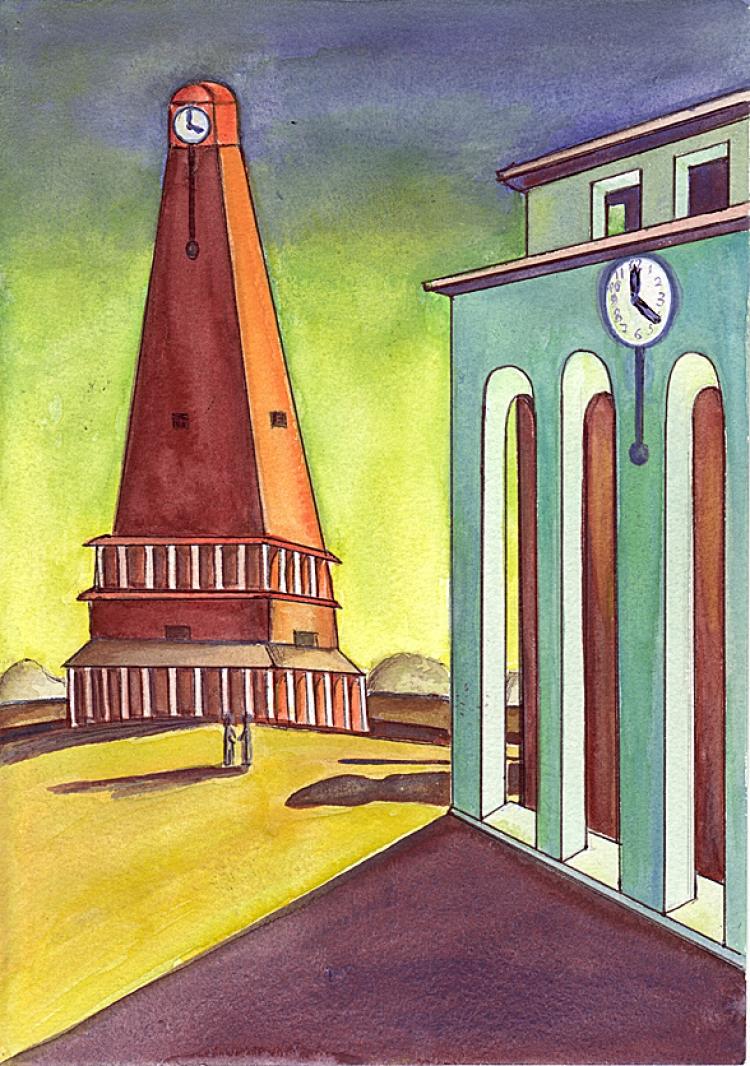To ensure we reach the high standards of reliability and neutrality that you expect from us, we are engaging with Ad Fontes Media to analyze our content. If you find an article you think falls short of the standard, please submit the link through
this form.
Copyright © 2000 - 2025 The Epoch Times Association Inc. All Rights Reserved.

